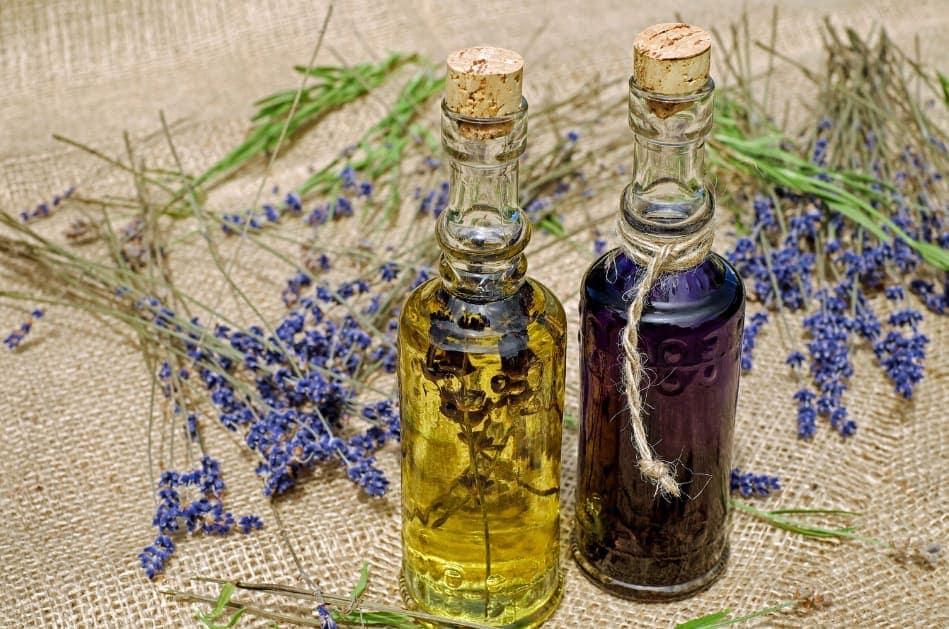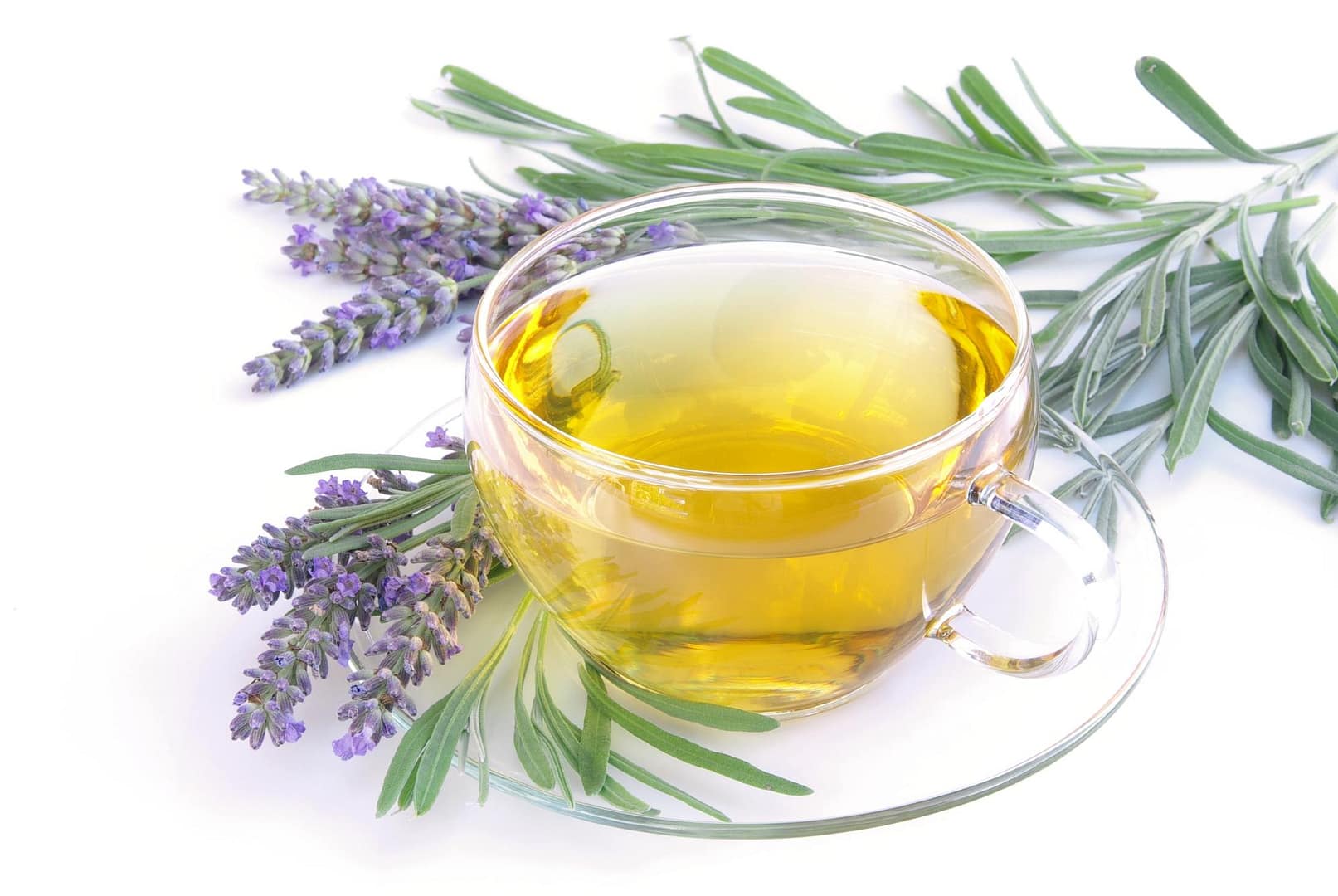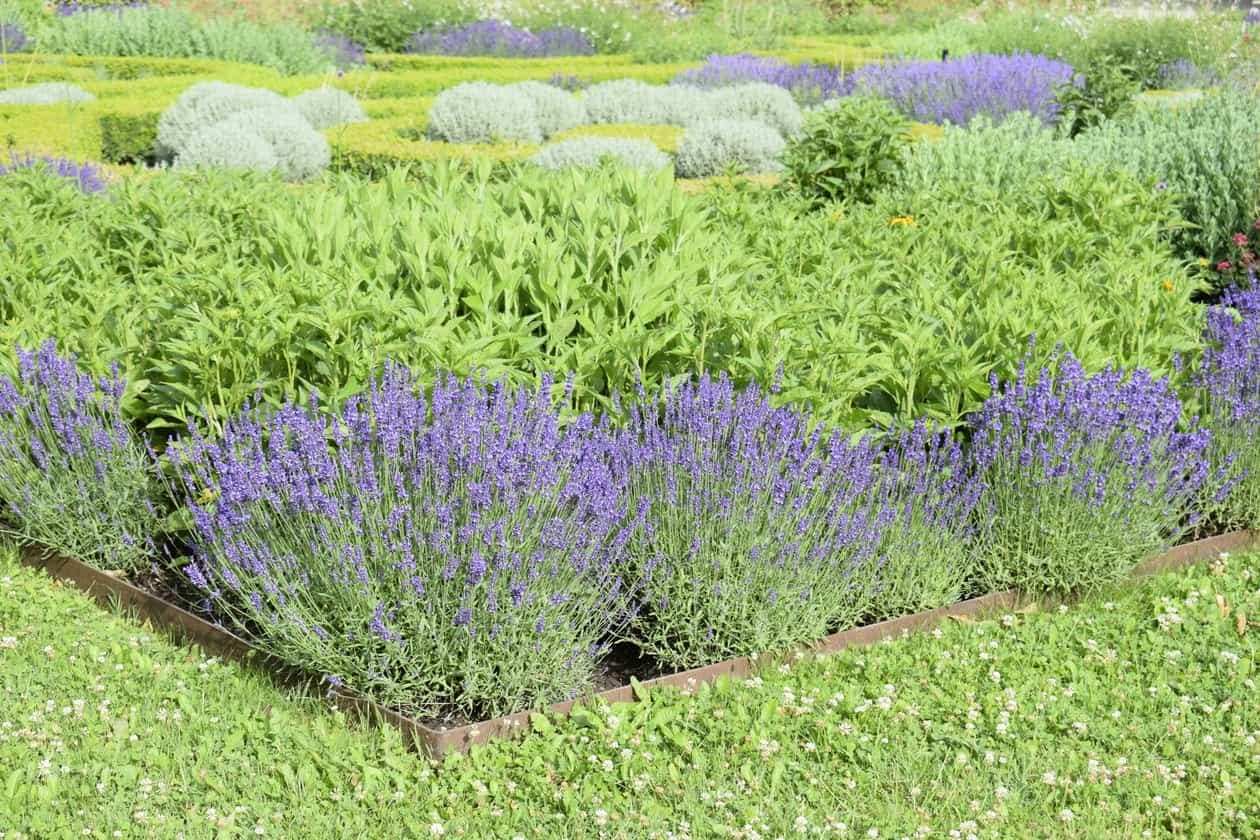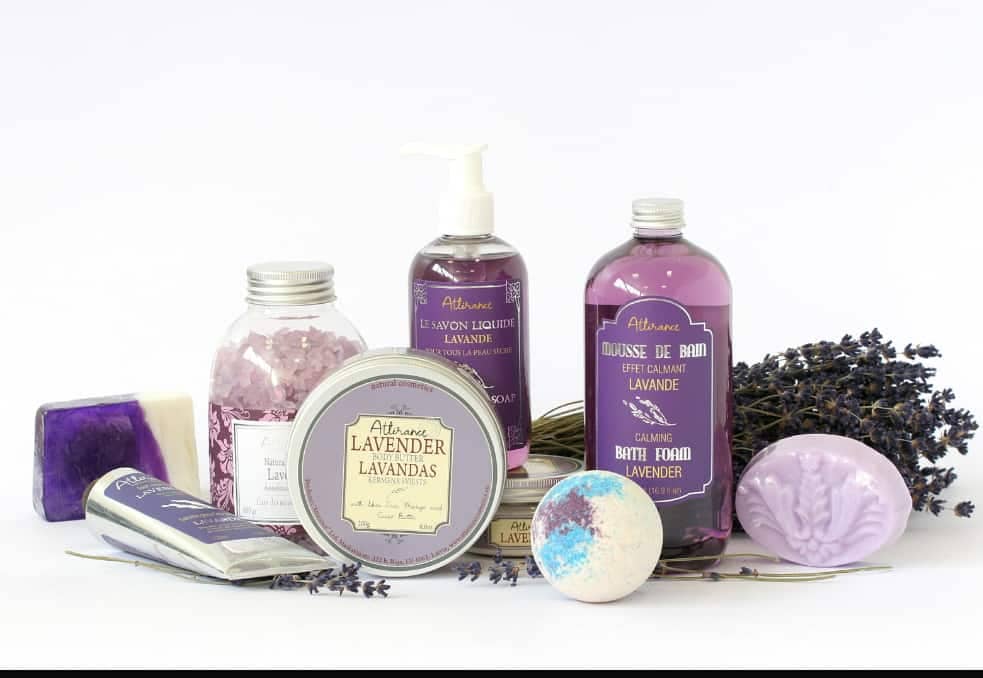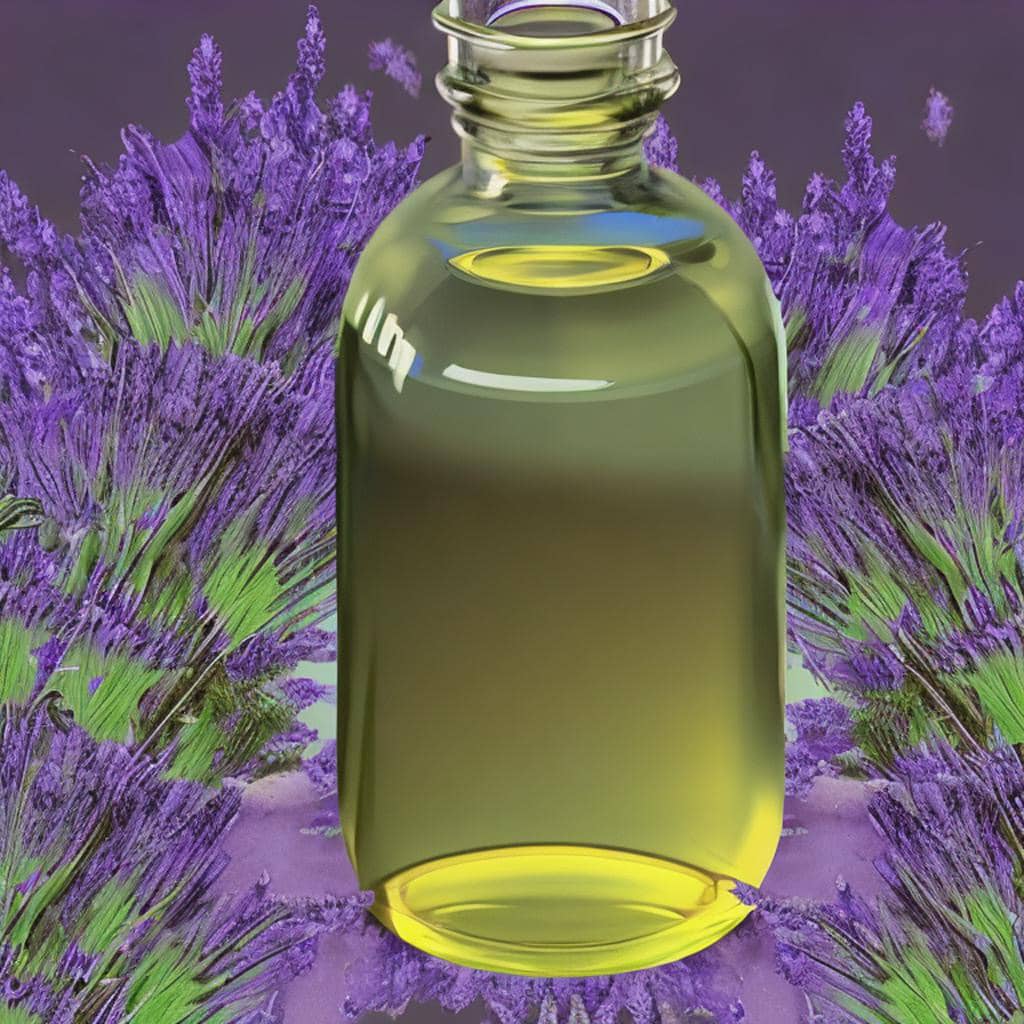
Historical Uses Of Lavender In Herbal Remedies
Historical Uses Of Lavender In Herbal Remedies, an overview
Lavender isn’t new to the wellness scene, unless of course you’ve somehow missed its soothing scent wafting through spas or yoga studios. But what’s fascinating is how far back its use actually goes. Lavender isn’t just some passing trend. This plant has been cherished by different cultures for thousands of years, making it a superstar in the herbal world.
When we talk about lavender, we’re diving into its vibrant tapestry of history. Picture this: ancient Egyptians using lavender in their mummification process because they believed in its preservative and sacred qualities. It’s there in the frescoes of ancient Rome and Greece too. They celebrated its calming properties, using it in baths and during massages. The stories these societies left behind show how essential lavender was, even back then.
So what’s the big deal with lavender? Well, it’s not just about its pretty purple flowers. Lavender was such a hit because of its potential healing qualities. Through the ages, folks from all walks of life have relied on this plant to soothe both body and mind. Even today, when life starts getting a bit too hectic, a whiff of lavender is like a gentle nudge to slow down and breathe a little easier.
But the allure of lavender isn’t only in its calming vibes. There’s a deeper connection, one that links us to generations past. By exploring how lavender has been used throughout history, we get a glimpse of how herbal remedies were a fundamental part of life. It connects us to a simpler time where natural cures and age-old wisdom were revered. A time when people leaned on the earth for not just survival, but wellbeing.
The healing intelligence of essential oils
Lavender in Early Civilizations
Lavender’s story starts way back in ancient civilizations, where it wasn’t just an herb but a symbol of sophistication and healing. The Egyptians were among the first to embrace it, incorporating lavender into the mummification process. They used its aromatic qualities to preserve the bodies of their pharaohs, aiming to ensure a divine passage to the afterlife. This wasn’t just about practicality—lavender had spiritual significance too.
In Greece, lavender appeared in records of famous botanists like Theophrastus and Dioscorides, who documented its uses in early medicinal texts. They advocated for its application in remedies for everything from digestion issues to headaches. You could say lavender was seen as a jack-of-all-trades in the medicinal herb realm.
The Romans took things up a notch by popularizing lavender across their empire. Known for their relaxation rituals, Romans indulged in elaborate lavender-scented baths. It was more than just a luxury—their usage reflects lavender’s calming influence on the mind and body, valued in a society that emphasized health and cleanliness.
Besides these practical uses, lavender held a special place symbolically. It represented purity, cleanliness, and love across these ancient worlds. This symbolic weight carried on, shaping how upcoming civilizations used and perceived lavender.
So what can we take away from these early adopters of lavender? They understood the importance of integrating nature into their lives, and in many ways, they were spot on. As we embrace natural remedies today, there’s wisdom in looking back at these practices. Ancient societies remind us of the power held in the simplest of plants that can promote well-being and balance.

Lavender in the Middle Ages
Lavender took on a whole new role during the Middle Ages. It wasn’t just about health and healing anymore—it had stepped into the realm of love and superstition. People in medieval Europe believed that lavender could keep evil spirits and plague at bay. Tying bunches of lavender above doorways or carrying them as talismans was pretty common. Folks were doing everything they could to protect themselves from unseen forces.
In terms of health, medieval herbalists counted lavender as a must-have remedy. It was prescribed for all sorts of ailments—headaches, insomnia, and even the bubonic plague were on their list of things lavender could tackle. Imagine being a medieval healer and your go-to arsenal included bundles of dried lavender! This versatile herb was regarded not just for its supposed healing powers, but also for its pleasant scent, which was a bonus especially when personal hygiene wasn’t always, well, prioritized.
Beyond health, lavender found a place in medieval rituals. Religious ceremonies incorporated its soothing essence, and it played a part in weddings as a symbol of devotion and luck. It even made its way into love potions, exploring the lines between myth and medicine. The Middle Ages revered lavender for its charm, combining practicality with a touch of the mystical.
This era shows us how lavender was woven into the fabric of everyday life, both physically and symbolically. Medieval Europe’s reliance on herbs like lavender underscores the deep-rooted connection between humans and plants. Today, we can learn from their resourcefulness by celebrating the ways nature supports our lives—whether it’s using lavender for a bit of calm or just enjoying its lovely scent.
Renaissance Remedies and the Proliferation of Lavender Use
As the Renaissance blossomed across Europe, lavender found its way into the hearts and homes of many people, heralding a shift in how herbal remedies were approached. This period was not just about art and discovery; it was an era of scientific exploration, and lavender was right there in the mix. Medical texts from the Renaissance often featured lavender prominently, as it was thought to provide relief from headaches, protect against infections, and even encourage good sleep.
Physicians and botanists began studying herbs more systematically. This burgeoning interest was driven by the belief that nature could offer solutions rooted in empirical evidence. Lavender was examined for its myriad uses, from treating insect bites to relaxing the mind. It was a prized ingredient in apothecaries, with its essential oils extracted for use in various tinctures and potions.
Literature and paintings from the era also showcased lavender’s importance. Still life paintings with lavender sprigs depicted the herb’s status as a beloved medicinal plant. References in the literature spoke of its calming properties and its popularity in gardens and households.
The Renaissance was a time of transformation for lavender. Its entrenched role in everyday life and its further integration into medical practice highlighted the growing appreciation and love for this purple plant. This shift towards systematic study helped set the stage for what we now consider modern herbalism.
The lesson here? Valuing the wisdom of the past but embracing new ideas can lead to a comprehensive understanding of natural remedies. Lavender’s journey through the Renaissance reminds us that a mix of tradition and innovation creates the most robust foundations for healing and wellbeing.

Lavender a Historical Saviour of the Plague?
The tale of lavender during the time of the plague is one of intrigue and mystery. With the terrifying shadow of the bubonic plague looming over Europe, people were desperate for any means of protection. It was then that lavender’s reputation as a potential defender against the disease gained traction. Notably, its inclusion in the legendary Four Thieves Vinegar recipe is often cited as a method to ward off the deadly contagion.
This concoction—a mix of vinegar infused with herbs believed to guard against the plague—included lavender for its perceived antiseptic properties. While there’s little scientific evidence that lavender could actually fend off the plague, the herb’s pleasant scent likely provided comfort amidst the stench of illness and decay. It was as much about morale as it was about medicine.
During these grim times, lavender was also burned in street cleansings and added to nosegays, small bouquets meant to protect people from miasmas, or ‘bad air.’ People would carry lavender-scented pouches to inhale when passing through areas thought to be rife with disease.
While today we know that lavender’s role as a plague deterrent might have been more legendary than literal, its use highlights an important aspect of medicinal history: the power of belief and the need for hope during dark times. The story of the Four Thieves and their herbal concoction, although shrouded in folklore, reflects the creative lengths to which people have gone to harness nature’s power.
This period reminds us that sometimes the perception of a remedy’s effectiveness is deeply intertwined with the reality of its impact. Lavender continues to be appreciated for its qualities, proving that when it comes to healing, both mind and body need care.

Lavender’s Journey Across the Ocean into the New World
Lavender’s voyage to the Americas marked another chapter in its ever-evolving story. When European settlers arrived, they brought not only their traditions and practices but also the plants that were critical to their way of life. Lavender was among these cherished botanical companions, valued for its versatility and reliability.
Colonists in the New World found lavender to be a more than welcome addition to their gardens. It wasn’t long before this fragrant herb was adopted by early American herbalists, who used it in a variety of remedies and household concoctions. From soothing salves to scented linens, lavender was a staple for those seeking comfort and cleanliness in a new and untamed land.
Adapting to the changing environment of the Americas, lavender thrived, becoming an integral part of colonial life. Its ability to flourish in differing climates mirrored its resilient nature—just like the colonists themselves. In the often-challenging landscape of early America, lavender was seen as a bit of a botanical hero for its ability to restore a sense of home and familiarity in a foreign place.
Over time, as the United States expanded and diversified, so too did the ways in which lavender was utilized. It found roles in the burgeoning perfume industry, in homemade cleaning products, and as a gentle remedy in holistic health. The fascination and love for lavender didn’t just stop with the colonies; it rippled through the generations, adapting and evolving with each new wave of settlers.
Today, lavender’s journey across the ocean reminds us of its timeless appeal and adaptability. As we continue to navigate our own challenges, we can look to lavender’s enduring presence for inspiration—embracing nature’s wisdom and resilience as we forge new paths.

Lavender’s Literary Leaves and References in Classical Literature
From Shakespeare’s lyrical verses to timeless European tales, lavender has been more than a simple garden delight—it’s a written muse. Within the pages of classical literature, lavender emerges as a symbol laden with meaning. In ‘The Winter’s Tale’, Shakespeare uses it to evoke pastoral beauty and nostalgia for simpler times, where linen closets were filled with lavender’s soothing aroma.
Beyond the English bard, lavender flourishes within the stories and poetry of various cultures. Often depicted as a gentle healer or a symbol of love, it captures the imagination of authors, who weave its hues into their narratives. Whether it’s appearing in haikus or referenced in European folklore, lavender becomes a thread connecting humanity’s shared appreciation for its grace and utility.
This literary presence extended beyond mere mentions. In stories, lavender often stood for domesticity and tranquility, symbols that resonated deeply with readers craving solace and an escape from the chaos of the age.
These references also remind us how deeply ingrained herbal remedies were in daily life. Before modern medicine, literature provided a means of sharing plant wisdom across regions and generations. Lavender’s presence in these texts underlines its importance in historical healing practices.
By seeing how lavender was romanticized and revered through words, we gain insight into its dual role as both a comforting presence in homes and a nugget of cultural significance. Literature, like lavender itself, can comfort, heal, and remind us of the beauty found in simplicity and tradition.
From Folklore to Pharmacy with the Scientific Scrutiny of Lavender
Lavender’s journey from heartbeat of folklore to a subject of scientific inquiry reflects a broader tale of transformation within the world of herbal medicine. During centuries past, lavender’s usefulness was gleaned through experience and tradition, often entwined with anecdotal evidence passed down as cherished family wisdom.
The advent of scientific research brought lavender under the scrutiny of modern medicine. Scientists began examining its chemical components, seeking to understand and validate the medicinal claims long held by our ancestors. An essential component, linalool, gained attention as it appeared to contribute to lavender’s soothing effect on the nervous system.
Numerous studies explored the efficacy of lavender in treating anxiety, insomnia, and even minor pain. Its antibacterial properties caught the interest of researchers considering lavender’s place in wound care. The journey from garden herb to clinical study not only highlights a culture’s faith in the natural world but also a rigorous desire to blend tradition with tested wisdom.
Yet, while many of lavender’s traditional uses have found scientific backing, some claims remain more folklore than fact. This complex blend of myth and medicine isn’t unusual in the world of herbs, and it shows why a balance between skepticism and belief is essential. Recognizing where lavender’s benefits are backed by evidence and where they remain illustrative adds depth to its ongoing narrative.
Lavender’s story teaches us to value both empirical scrutiny and ancestral knowledge without dismissing either. By appreciating data and tradition hand in hand, we can find richer, more meaningful relationships with the plants that surround us.

Lavender in Modern Holistic Practice
In today’s world of hustle and bustle, the ancient bond between humans and lavender has found new life. As wellness trends have surged back to natural roots, lavender confidently stands among the favorites. Essential oils and holistic practices have propelled this purple powerhouse into the limelight, celebrated for its calming and restorative properties.
Modern integrative medicine acknowledges the past while embracing current research, making space for lavender in complementary therapies. Lavender essential oil diffuses through homes for relaxation, finds its way into massage oils, and offers gentle relief in aromatherapy to hush the chaos of modern living. It’s not merely about following old traditions—it’s about using the best of both worlds, the historic and the scientific, for balance and well-being.
Sustainability takes center stage as we look forward. With lavender’s popularity, responsible cultivation ensures the plant remains a friend to both people and planet. Farmers across the globe are adopting eco-friendly methods to meet increasing demands without compromising the environment. A sustainable approach respects those early herbalists and artisans who first domesticated this cherished herb.
So, where do we go from here? Keeping lavender’s rich heritage in mind, we can explore new sustainable ways and innovative uses that respect its past and enhance our future. Harnessing lavender today means intertwining respect for tradition with scientific progress—an approach that nurtures not just ourselves but the world around us.
As we guide ourselves through modern life, lavender remains a soothing companion, reminding us of the calm, connection, and continuity that nature offers. The lessons from its history inform our approach, ensuring that lavender continues to enrich our lives and bring a touch of tranquility to the everyday.
Thank you for spreading the word!
Create your own website
And learn how to monetize it
Heads up! If you’re looking to join Wealthy Affiliate, make sure you sign up using my referral link to get access to my personal coaching and all WA features."


